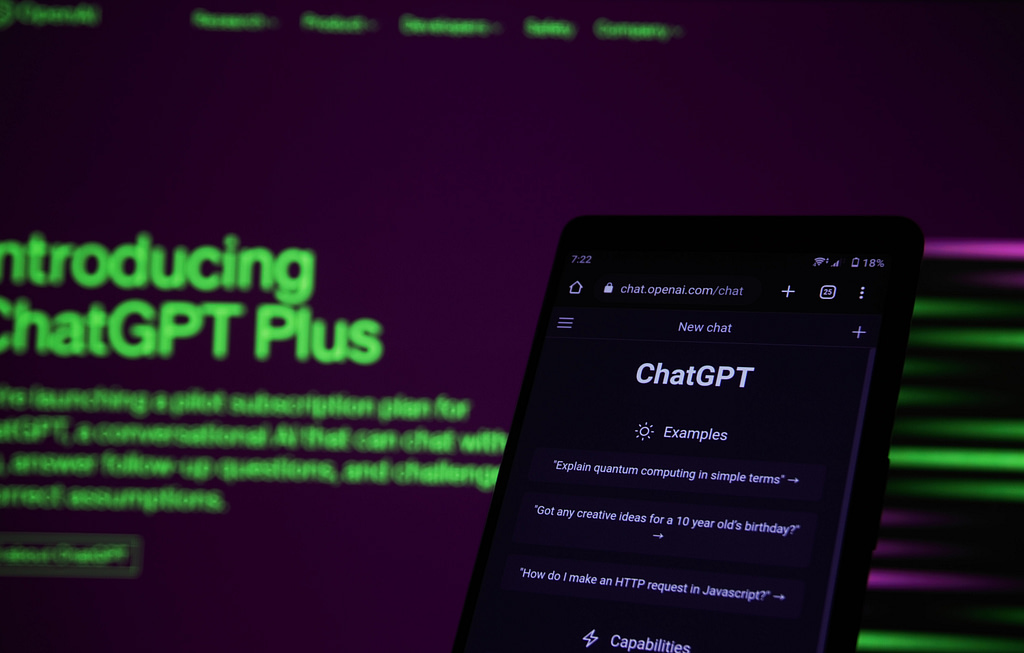Decentralized applications, commonly referred to as DApps, have been gaining significant attention in the world of blockchain technology. In this article, we will delve into what DApps are, their key features, advantages over traditional applications, and the different types of DApps based on blockchain models. In this article, we will delve into the world of DAPPS, or Decentralized Applications, and explore how they work. Before we dive into Dapp, it’s essential to grasp some prerequisites, such as blockchain technology.
Decentralized Applications (DAPPS)
Now, let’s define DAPPS. A DAPP is an application that combines a smart contract with a decentralized user interface. Smart contracts on Ethereum are open and transparent, akin to open APIs. This means that even if someone else authored the smart contract, it can be included in your DAPP.
Decentralized applications, or DApps, are a crucial component of blockchain technology. Unlike traditional applications that rely on centralized servers controlled by a single entity, They operate on decentralized platforms. These platforms distribute trust among their users and are entirely open-source.
One of its primary objectives is to eliminate single points of failure, enhance transparency, and foster greater accountability compared to conventional applications. Unlike traditional apps that run on a single network of computers, DApps function on decentralized, peer-to-peer networks where no single entity has complete control. This decentralized nature ensures that DApps continue to operate even if a single node on the network goes offline.
Blockchain: The Foundation
Blockchain is the backbone of decentralized applications. It’s a public database that gets updated and shared across a widespread network. The term “blockchain” can be broken down into two parts: “block” refers to the data stored in successive groups, while “chain” signifies the connection between these blocks. Each block references its parent block, creating a secure and transparent chain of data.
Ethereum and EVM
Ethereum, in particular, plays a pivotal role in the DAPP ecosystem. Ethereum Virtual Machine (EVM) acts as a single canonical computer agreed upon by all participants in the Ethereum network. The EVM’s state is maintained by network participants, and anyone can request computations on the EVM, known as transaction requests. These requests must be verified by all participants before execution, ensuring the integrity of the EVM’s state.
Decentralization in Ethereum
The Ethereum network operates on a decentralized model, establishing a peer-to-peer network for executing and verifying smart contracts. Participants can transact without relying on central authorities, retaining full ownership and visibility of transaction data. The blockchain records and verifies all transaction requests and the current state of the EVM, making it secure and immutable.
Types of Decentralized Applications
DApps can be categorized into three main types based on the blockchain model they leverage:
- Type 1 DApps: These Decentralized Applications have their own blockchain, like Bitcoin and other cryptocurrencies with their dedicated blockchains.
- Type 2 DApps: Type 2 Decentralized Applications use the blockchain of Type 1 DApps and have tokens essential for their functioning. An example is the Omni Protocol, built on top of the Bitcoin blockchain.
- Type 3 DApps: Type 3 Decentralized Applications utilize the protocol of Type 2 DApps. An instance is the SAFE Network, a decentralized data storage and communications network that issues SafeCoins through the Omni Protocol.
Key Features of Decentralized Applications
To be classified as a DApp, an application must meet specific criteria:
- Blockchain-Based: Decentralized Applications operate on blockchain technology, leveraging its security and transparency.
- Open-Source: They are open-source, allowing anyone to view and contribute to their codebase.
- Token Generation: Decentralized Applications generate tokens that provide value to their users or nodes contributing to the ecosystem.
- Access Control: Users gain access to Decentralized Applications by exchanging tokens, granting them ownership and control over digital assets.
- Token Rewards: Miners are rewarded with tokens when they contribute to their ecosystem.
A notable example of a DApp is Bitcoin, which revolutionized the transfer of currency by eliminating the need for an intermediary to verify transactions. Ethereum is another prominent DApp that has expanded the possibilities of decentralized applications.
Advantages of Decentralized Applications
Decentralized Applications offers several advantages, including:
- Zero Downtime: Once a smart contract is on the blockchain, it remains accessible 24/7.
- Privacy: No real-world identity is required to deploy or use a DAPP.
- Resistance to Censorship: No single entity can prevent transactions or access to the blockchain.
- Data Integrity: Data on the blockchain is immutable and secure, thanks to cryptographic techniques.
Disadvantages of Decentralized Applications
However, Decentralized Applications come with their own set of challenges:
- Maintenance: Decentralized Applications are harder to maintain because blockchain data and code are challenging to modify.
- Performance Overhead: There’s a significant performance cost associated with Decentralized Applications, and scaling can be challenging.
- Network Congestion: When a DAPP consumes too many resources, it can clog the entire network.
- Centralization: Some DAPP solutions may appear centralized, which contradicts the principles of decentralization.
In conclusion, Decentralized Applications represent a fascinating fusion of blockchain technology and smart contracts, offering numerous benefits while presenting certain challenges. As the blockchain ecosystem continues to evolve, Decentralized Applications will likely play a pivotal role in shaping the decentralized future of applications and services.




